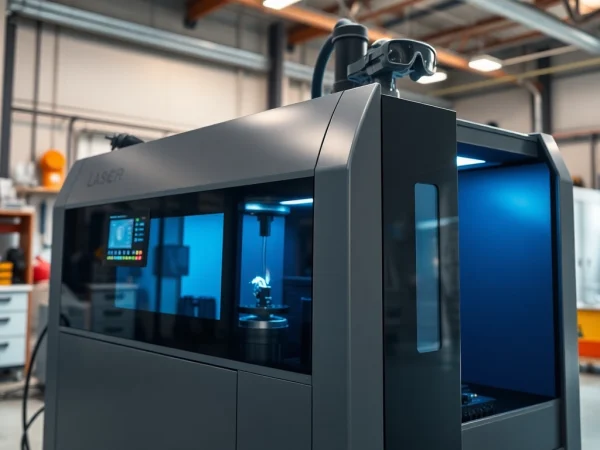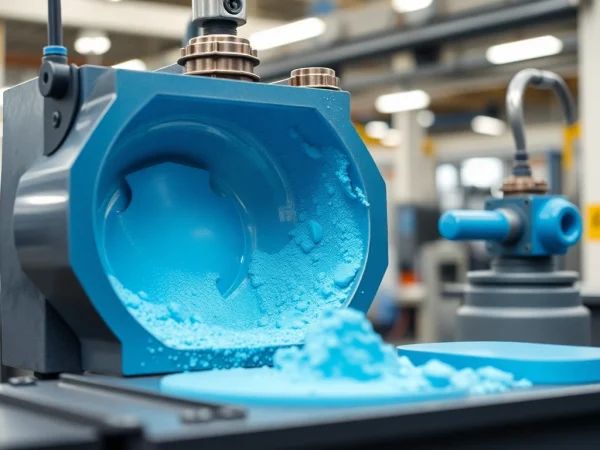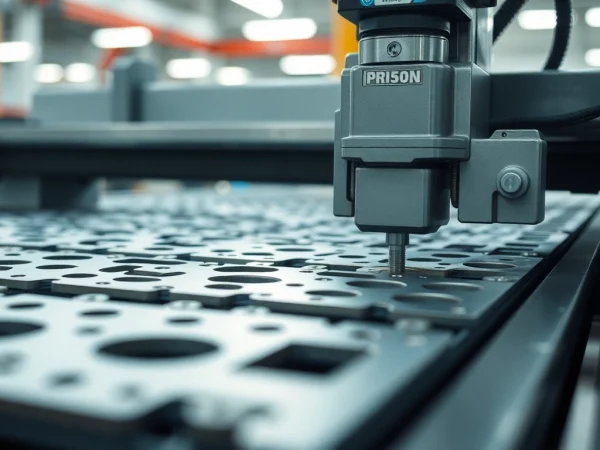Choosing the Best Hydrogen Cyanide Detector: A Comprehensive Guide for Safety Professionals
Understanding Hydrogen Cyanide and Its Risks
What is Hydrogen Cyanide?
Hydrogen cyanide (HCN) is a highly poisonous chemical compound that is colorless and has a faint, bitter, almond-like odor. Known for its use in industrial processes, particularly in the production of plastics and pesticides, HCN is also a byproduct of combustion of nitrogen-containing materials. While rare in household environments, the risks associated with its exposure necessitate rigorous monitoring, particularly in industrial settings. Understanding its implications for health and safety is critical, and having an effective Hydrogen Cyanide detector is essential for risk mitigation.
Health Hazards Associated with Exposure
Exposure to hydrogen cyanide can have severe health consequences. Inhalation of even small amounts can be fatal, as HCN prevents cells from using oxygen effectively, leading to cellular asphyxiation. Short-term exposure may result in symptoms such as headaches, dizziness, confusion, and vomiting. More significant exposure can lead to loss of consciousness, seizures, and, ultimately, death. It’s critical for safety professionals and employees in potential exposure areas to recognize these risks and act accordingly.
Industries That Require Monitoring for Hydrogen Cyanide
Several industries are at a heightened risk for hydrogen cyanide exposure. The manufacturing sector, especially in plastics production, textiles, and pesticide creation, routinely encounters this toxic compound. Firefighters are also at risk due to the potential for the release of HCN during fires involving nitrogen-containing materials. Moreover, mining operations and certain agricultural practices may require monitoring for HCN to ensure the safety of workers. Continuous monitoring in these sectors not only protects workers but also ensures compliance with safety guidelines and regulations.
Features to Consider When Selecting a Hydrogen Cyanide Detector
Calibration and Sensitivity Levels
Choosing a hydrogen cyanide detector involves careful consideration of calibration and sensitivity. Detectors should be capable of detecting low concentrations of HCN—ideally in parts per billion (ppb)—to effectively alert users before concentrations reach dangerous levels. Additionally, the ability to calibrate the detectors to ensure accuracy over time is paramount. Regular calibration maintains the integrity of the detector and ensures that workers can trust the readings.
Portability and User-Friendliness
Given the mobility required in various industries, the portability of hydrogen cyanide detectors cannot be overstated. Many units come with ergonomic designs for easy handling, ensuring they can be used in a variety of environments. User-friendliness is also essential, as complex interfaces can lead to operator error, potentially putting lives at risk. Intuitive displays, clear alarms, and simple operational procedures enhance both effectiveness and safety.
Data Logging and Connectivity Options
Modern detectors often incorporate advanced features such as data logging and connectivity to smartphones or networked devices. These features allow for the accumulation of historical exposure data, providing insights into trends and potential safety improvements. Furthermore, connectivity options enable real-time monitoring and alerts sent directly to supervisors or safety personnel, improving response time in emergencies.
Popular Models of Hydrogen Cyanide Detectors
Comparative Review of Leading Brands
In the marketplace, several brands stand out for their hydrogen cyanide detectors. Leading brands include Dräger, MSA, and RKI Instruments. For instance, the Dräger X-am series offers robust detection capabilities with multi-gas readings. In contrast, MSA’s Altair series is known for its wireless technology, which facilitates real-time data transfer. RKI Instruments provides portable models that combine reliability with affordability, making them accessible for smaller enterprises.
Case Studies: Choosing the Right Model
Consider a case study involving a major plastics manufacturing plant that required enhanced safety measures. After assessing different hydrogen cyanide detectors, they opted for the Dräger X-am 8000 due to its extensive coverage and user-friendly interface. Post-implementation, the plant reported a significant reduction in worker exposure incidents, emphasizing the impact of having the right detection technology paired with proper training.
User Testimonials and Feedback
User feedback sheds light on the practicalities of different models. One safety officer noted that the MSA Altair model’s alarm alerts were particularly effective, both visually and audibly easing the process during emergency drills. Another user from a central processing unit praised RKI’s portable detectors for their lightweight characteristics, which made them easy to carry during inspections and fieldwork. Such insights are invaluable when selecting the right model for specific work environments.
Best Practices for Using Hydrogen Cyanide Detectors
Installation and Calibration Procedures
Proper installation and calibration are vital for the accurate functioning of hydrogen cyanide detectors. The installation site should be assessed carefully, ensuring that detectors are placed at locations where HCN is most likely to accumulate. Calibration should be performed in accordance with the manufacturer’s specifications, typically requiring adjustments before use and daily checks to ensure functionality and responsiveness to HCN.
Routine Maintenance and Battery Management
Routine maintenance, encompassing battery checks and software updates, is critical for keeping hydrogen cyanide detectors in optimal condition. Batteries should be tested regularly to avoid operational failures, especially during prolonged usage. Additionally, ensuring that software is updated can introduce new features and enhance detection capabilities, improving overall safety measures further.
Emergency Protocols and Response Guidelines
Having established emergency protocols in place is crucial. Every team member should be trained in responding effectively to alarms triggered by hydrogen cyanide detectors. This training should include evacuation routes, first-aid measures, and procedures for reporting incidents. Regular drills ensure that personnel are prepared for real-life scenarios where quick thinking and responses can save lives.
Regulatory Standards and Compliance for Hydrogen Cyanide Detection
Key Regulations Impacting Safety Practices
Various regulatory frameworks exist surrounding hydrogen cyanide detection, primarily dictated by occupational safety and health administrations. In the United States, for instance, the Occupational Safety and Health Administration (OSHA) sets permissible exposure limits (PEL) for HCN, which guide industries on acceptable exposure levels. Understanding these regulations is crucial for compliance and to prevent potential legal consequences.
Consequences of Non-Compliance
Failing to comply with safety regulations regarding hydrogen cyanide can lead to significant ramifications, including hefty fines, shutdowns, or, in severe cases, incarceration for neglecting safety measures. Beyond financial implications, non-compliance can result in serious health risks for employees and detrimental impacts on company reputation.
Resources for Staying Informed on Compliance
Regularly consulting resources such as OSHA’s website, industry publications, and training seminars can ensure organizations remain updated on best practices and regulatory changes. Establishing a safety compliance officer within the organization can promote accountability and facilitate ongoing education through certifications and targeted training sessions.










